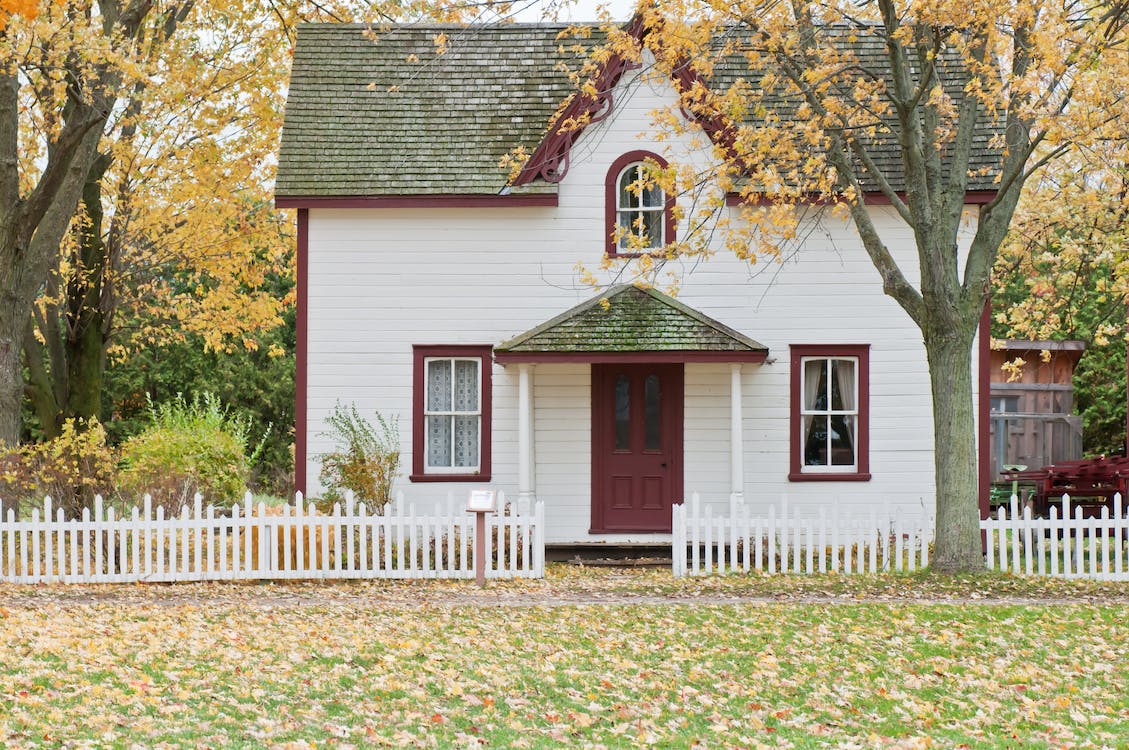An artist without any means to turn their thoughts into reality are unable to express themselves well.
One of the most important techniques that allow one to go beyond a Canvas and create something different is airbrushing. It gives you the kind of control and versatility that many other brushes and techniques are unable to provide.
You can use them on Canvas, walls, cakes, and more. However, the strong technique requires even stronger machinery behind it so that you can make the most out of it.
The Top Tips to Use Your Airbrush Compressor
Here are five ways to make the most of your airbrush compressor.
1. Fit to Size
Airbrush acquires a good amount of space depending on its type and the purpose it is being used for. Make sure that you have enough space before buying one. If you keep the compressor in a quite compact area, it may not stay stable enough and resultantly, will not give the required results.
If you happen to use a bigger compressor, get one with a long enough chord, so that it’s easy to use. However, it is recommended to keep the device near you to have a better output and more stability. Thus, it really becomes a question of output or comfort.
2. Get a Pressure Regulator
If you are an artist who likes to do a very detailed job on their pieces, you need a compressor that will allow you to vary your strokes. For example, if you are using an airbrush to paint a cake, you cannot paint all of it with the singular pressure setting.
However, if the art in question is a sculpture, a single pressure setting may work. Therefore, you must have an airbrush compressor with the pressure regulator so that you can control your paint strokes and get a more detailed work out of the tool. But if you have a standard airbrush compressor, you can find a pressure regulator separately.
3. Use a water filter
One of the biggest issues painting with an airbrush is the collection of water in the line. This can affect the output to a great extent as you may have water coming all the time from the brush. The problem occurs due to the condensation of water vapor in the presence of cold, compressed air from the airbrush compressor.
As a result, make sure that you work in a completely dry environment so that the condensation of the water does not happen. If that is not a possibility, you can go for getting a compressor that consists of a valve that can drain the water away. It is necessary to note that you must change the water filter now and then.
4. Work on the motor
Most airbrush compressors make use of a motor that can generate 1/6 to 1/3 horsepower. The higher the power, the better is the output. Most artists look for an airbrush compressor with a robust motor so that it can handle a good amount of pressure for a detailed output.
The output of the airbrush is dependent on the amount of air that is pushed through it. To make sure that your results stay consistent throughout, always clean your motor. Apart from that, never let it heat too much as it may make the airbrush unstable and your output sketchy. Also, oil too machinery so that it works for years without any issues.
5. Store the air in a tank
It gets very difficult to work under the noise produced by the airbrush compressor. One way is to check the noise level of every compressor before taking a decision.
The second is to make use of a reserve tank as it keeps the whole motor grounded and does not produce much noise. A tank also helps in storing over a gallon of air that you don’t have to wait for before starting your work.
However, the tanks can create a space issue as they are usually in shape of a cylinder fixed on top of one another. You can get pancake compressor with a flat tank to fix the space issue. So, you will be able to get great quality work as well as peace to your ears during the process.Click to know more…









